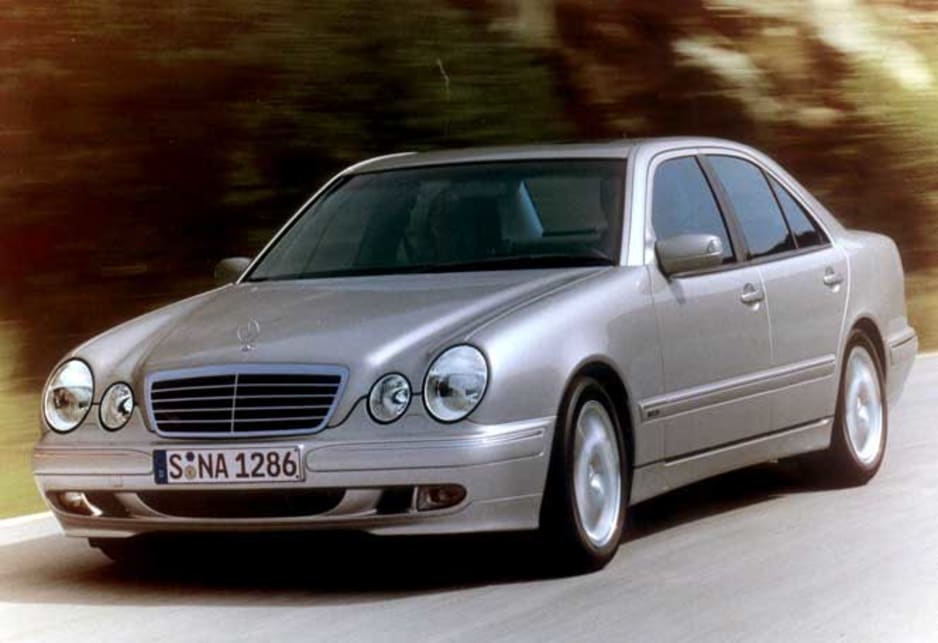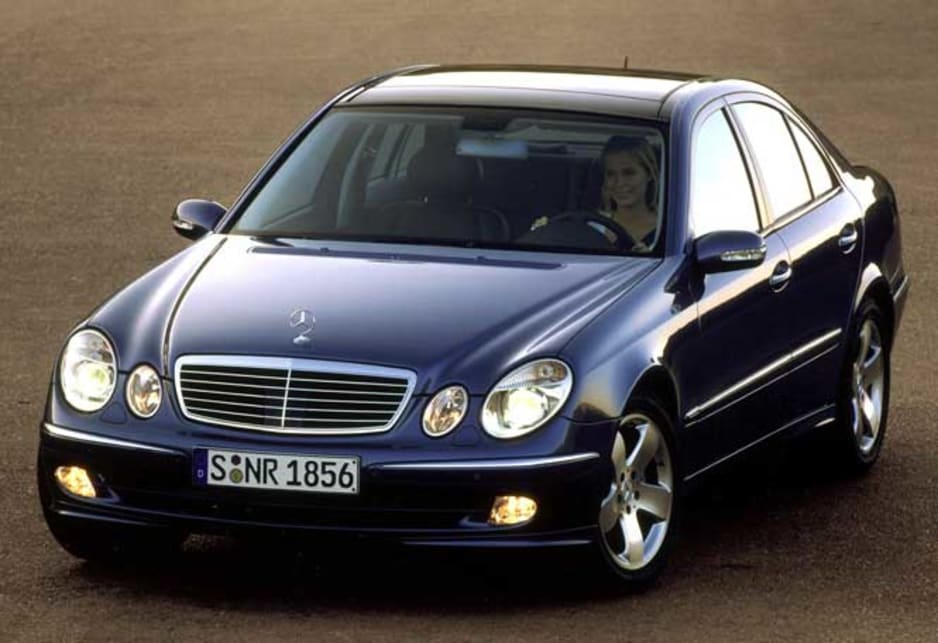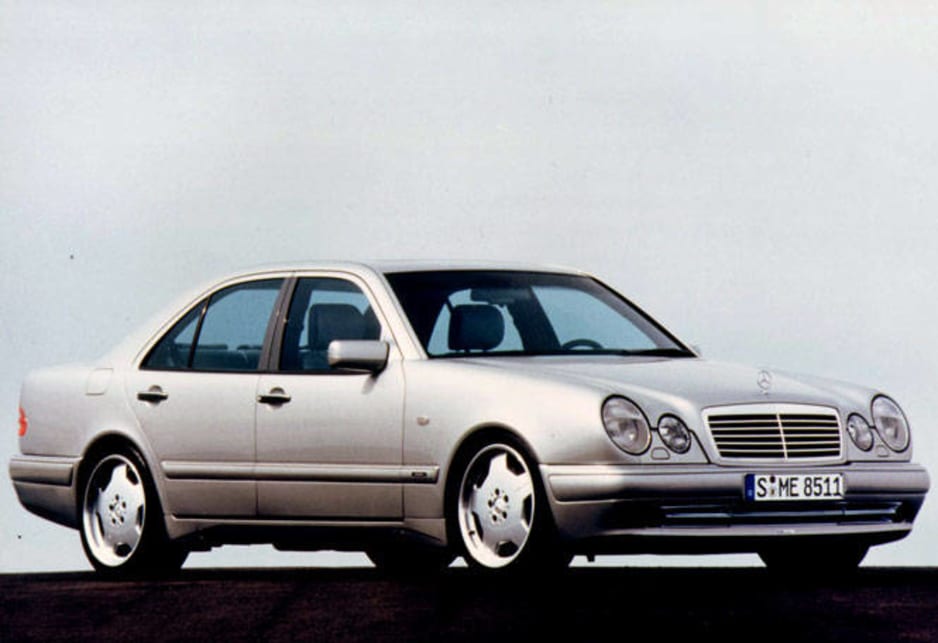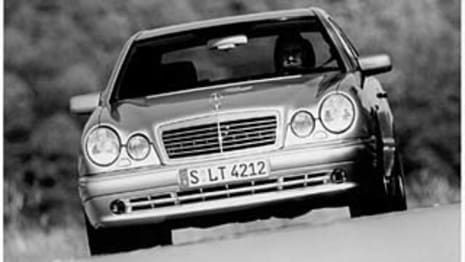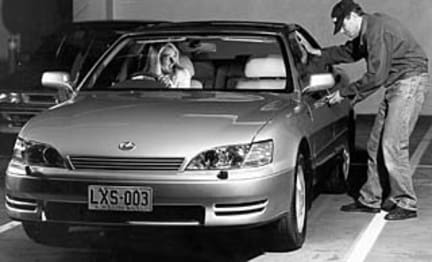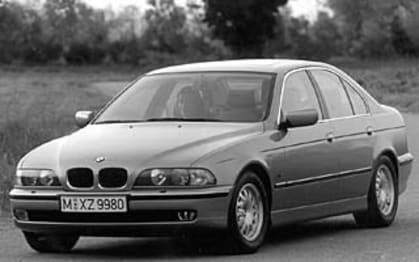
Used Mercedes-Benz E-Class review: 1996-2002
- Mercedes-Benz E-Class
- Mercedes-Benz E200
- Mercedes-Benz E220
- Mercedes-Benz E230
- Mercedes-Benz E240
- Mercedes-Benz E320
- Mercedes-Benz E-Class 1996
- Mercedes-Benz E-Class 1997
- Mercedes-Benz E-Class 1998
- Mercedes-Benz E-Class 1999
- Mercedes-Benz E-Class 2000
- Mercedes-Benz E-Class 2001
- Mercedes-Benz E-Class 2002
- Mercedes-Benz E220 1996
- Mercedes-Benz E220 1997
- Mercedes-Benz E230 1996
- Mercedes-Benz E230 1998
- Mercedes-Benz E240 1999
- Mercedes-Benz E320 1996
- Mercedes-Benz E200 2000
- Mercedes-Benz E200 2001
- Mercedes-Benz E200 2002
- Mercedes-Benz E-Class Reviews
- Mercedes-Benz E200 Reviews
- Mercedes-Benz E220 Reviews
- Mercedes-Benz E230 Reviews
- Mercedes-Benz E240 Reviews
- Mercedes-Benz E320 Reviews
- Mercedes-Benz Reviews
- Mercedes-Benz Sedan Range
- Mercedes-Benz Convertible Range
- Sedan
- Convertible
- Mercedes-Benz
- Used Car Reviews
- Buying tips
There are bigger and more expensive Benzes, and there are smaller and cheaper ones, but the mid-sized E-Class is what the star marque is all about. Advanced technology, super build quality, power and performance to spare, elegant styling, and loads of comfort and convenience features.
Mercedes-Benz began it all back in the 1880s, and they’re still leading the pack more than 100 years later. If you need proof, drive an E-Class. Even one with more than 200,000 kays on it drives as if it left the factory yesterday.
The only marque that comes close to mounting a challenge to the supremacy of the Stuttgart carmaker is Lexus, a still underrated make that will in time be judged the equal of Mercedes.
MODEL WATCH
Mercedes was emerging from a deep slumber when the E-Class was conceived. It was a slumber the company fell into, probably as a result of complacency, believing it was immune to competition as the top carmaker in the world.
Then along came Toyota, the biggest carmaker in the business. Toyota built small cars, medium cars, four-wheel drives, vans and utes, but they didn’t build top end luxury cars, until, with an aggressive plan to conquer the world they conceived the Lexus brand.
The first Lexus, the LS400, scared the living daylights out of ’Benz. It was well built, some say it had better than ’Benz quality, drove well, and had all the fruit. Overnight it was a hit with Americans, the very market that keeps Mercedes afloat.
Under threat for the first time in decades, Mercedes reacted swiftly, with new models built to a much higher level of build quality, packed with up-to-the-minute technology, as well as the usual things Mercedes owners appreciate.
The E-Class was one of this new generation of models, and it helped Mercedes regain much of its lost ground.
The previous E-Class was a resounding success, so the new W210 model had much to live up to. At first it seemed it might struggle, with traditional Mercedes owners horrified on their first sighting of the ‘bug eyed’ front-end styling.
It doesn’t rate a second glance now, but back then it was regarded as radical. Instead of the traditional Mercedes front-end there was a rounded shape with oval headlamps blended into the smooth curves of the guards.
Beyond the front end the E-Class styling was smooth, and typical of ’Benz, strong and substantial.
There were two models at launch in 1996, the four-cylinder E230 and the six-cylinder E320. Both were available in Classic and the more luxurious Elegance versions, with the E320 also available in a range topping Avante Garde version.
All boasted improved crash protection over the preceding model. There were refined crumple zones, stronger passenger cells, new load-sensing seat belts, dual air bags, and optional side airbags for front seat occupants. Active safety systems included ABS and traction control.
A double overhead cam 2.3-litre fuel-injected four-cylinder engine pumping out 110 kW and 220 Nm when working at its peak powered the E230. Performance was smooth and steady rather than neck snapping.
For performance there was the E320, which had a superb 3.2-litre straight six under its curvaceous bonnet. With double overhead camshafts, four valves per cylinder, and fed by fuel injection, the smooth six boasted 162 kW and 315 Nm.
A smooth five-speed auto was the choice when it came to the transmission.
The suspension was independent front and rear, steering was power-assisted, brakes were powerful discs all round, with the assistance of ABS.
The E230 Classic came with full wheel covers, cloth trim, cruise control, air-conditioning, remote central locking, power windows and mirrors, immobiliser, and radio-cassette sound. Step up to an Elegance and you got alloy wheels, leather steering wheel, CD sound, and auto dipping interior mirror.
When you ordered an E320 Classic you got all of that, plus 10-stack CD sound, multifunction instrument display, and an illuminated vanity mirror. In addition, the Elegance had alloy wheels, leather trim, and metallic paint. Move up to the Avante Garde, and you were rewarded with sportier alloy wheels and sports style leather trim.
In July 1997 Mercedes moved to a new generation of V6 engines, and a 164 kW 3.2-litre version replaced the 3.2-litre straight six in the E320.
The E230 continued until Jan 1998, when it was replaced by the E240 with a 125 kW 2.4-litre double overhead camshaft V6.
IN THE SHOP
Most Mercedes are well looked after in their first years, usually by people who can not only afford to buy them, but who can also afford the service them.
After that they tend to be sold off to people who sometimes struggle to keep up the maintenance, and that’s where they can have trouble. It’s particularly so if they have them serviced by people who aren’t familiar with the car, and if they use generic parts instead of the genuine article.
Generic parts might do a reasonable job, but they don’t perform as well as the real thing. If you want all the E-Class can give, look for one with a genuine Mercedes service history. If not by a dealer, then by a recognised specialist with a Mercedes background.
The E-Class stands up well to the rigours of daily life on the road, they’re tough and reliable. Go for an E320 if your budget will stand it; otherwise, try a later V6 rather than the small E230 four.
Look for evidence of an uncaring owner, scratches down the sides, scarred bumpers, damaged alloy wheels.
Also do the usual checks for evidence of a crash, uneven panel gaps, mismatched paint, doors, boot lid or bonnet that don’t open smoothly.
OWNER’S SAY
Brooklands Motors of Sandringham has a 1998 E240 Elegance that has amassed 208,000 km, but it drives like new. The small V6 powers the big sedan along nicely, the ride is smooth and supple with barely a bump felt in the spacious cabin. Asking price is $36,950, which reflects the higher than average mileage.
LOOK FOR
• solid build quality
• smooth ride and handling
• superb brakes
• superb comfort
• Mercedes prestige
THE BOTTOM LINE
Star quality and the ultimate in luxury at an attainable price if you can afford the on-going service.
RATING
90/100
Pricing
| Year | Price From | Price To |
|---|---|---|
| 2002 | $5,500 | $32,230 |
| 2001 | $5,500 | $18,920 |
| 2000 | $5,500 | $18,590 |
| 1999 | $5,500 | $17,160 |
| 1998 | $5,720 | $17,160 |
| 1997 | $5,720 | $22,440 |
| 1996 | $5,170 | $22,440 |
Pricing guides
Range and Specs
| Vehicle | Specs | Price* | |
|---|---|---|---|
| E230 T Elegance | 2.3L, ULP, 5 SP AUTO | $7,700 – 10,780 | 1996 Mercedes-Benz E-Class 1996 E230 T Elegance Pricing and Specs |
| E230 T Classic | 2.3L, ULP, 5 SP AUTO | $5,940 – 8,360 | 1996 Mercedes-Benz E-Class 1996 E230 T Classic Pricing and Specs |
| E36 | 3.6L, PULP, 4 SP AUTO | $17,710 – 22,440 | 1996 Mercedes-Benz E-Class 1996 E36 Pricing and Specs |
| E320 Elegance | 3.2L, PULP, 5 SP AUTO | $6,930 – 9,790 | 1996 Mercedes-Benz E-Class 1996 E320 Elegance Pricing and Specs |
Other cars to consider
$5,720
Lowest price, based on third party pricing data


